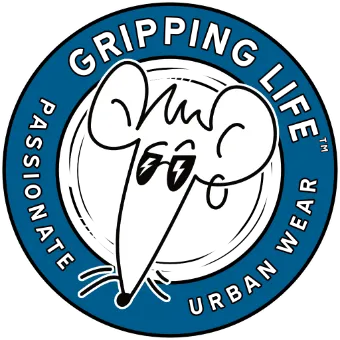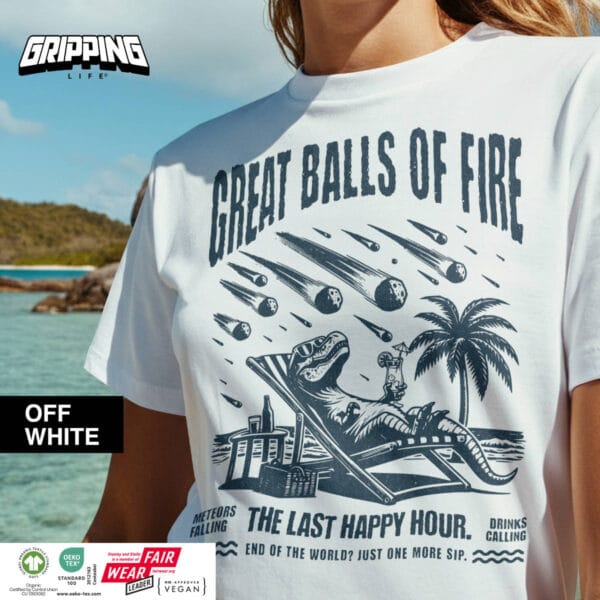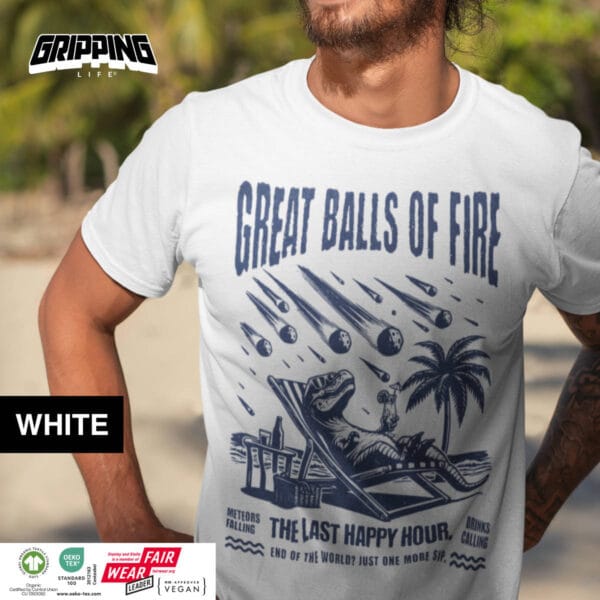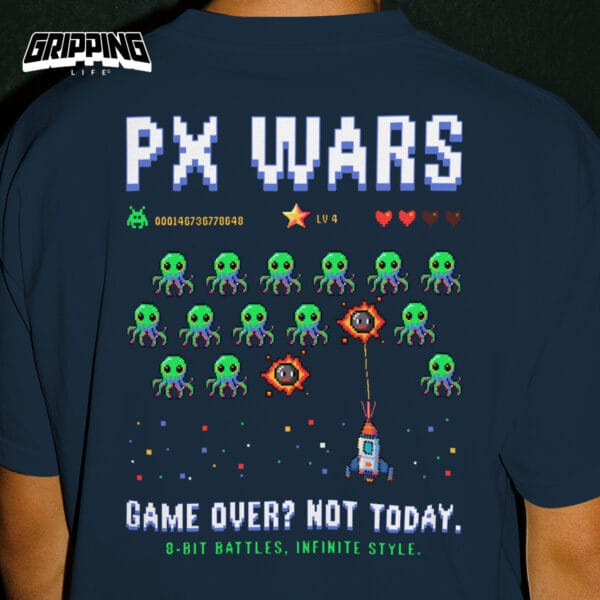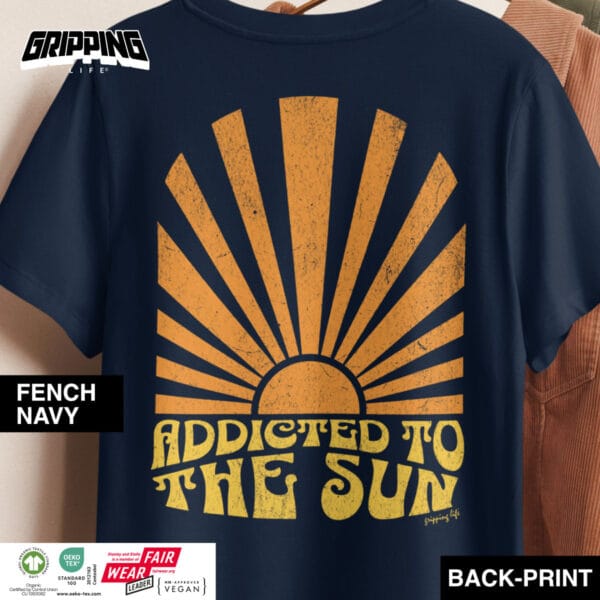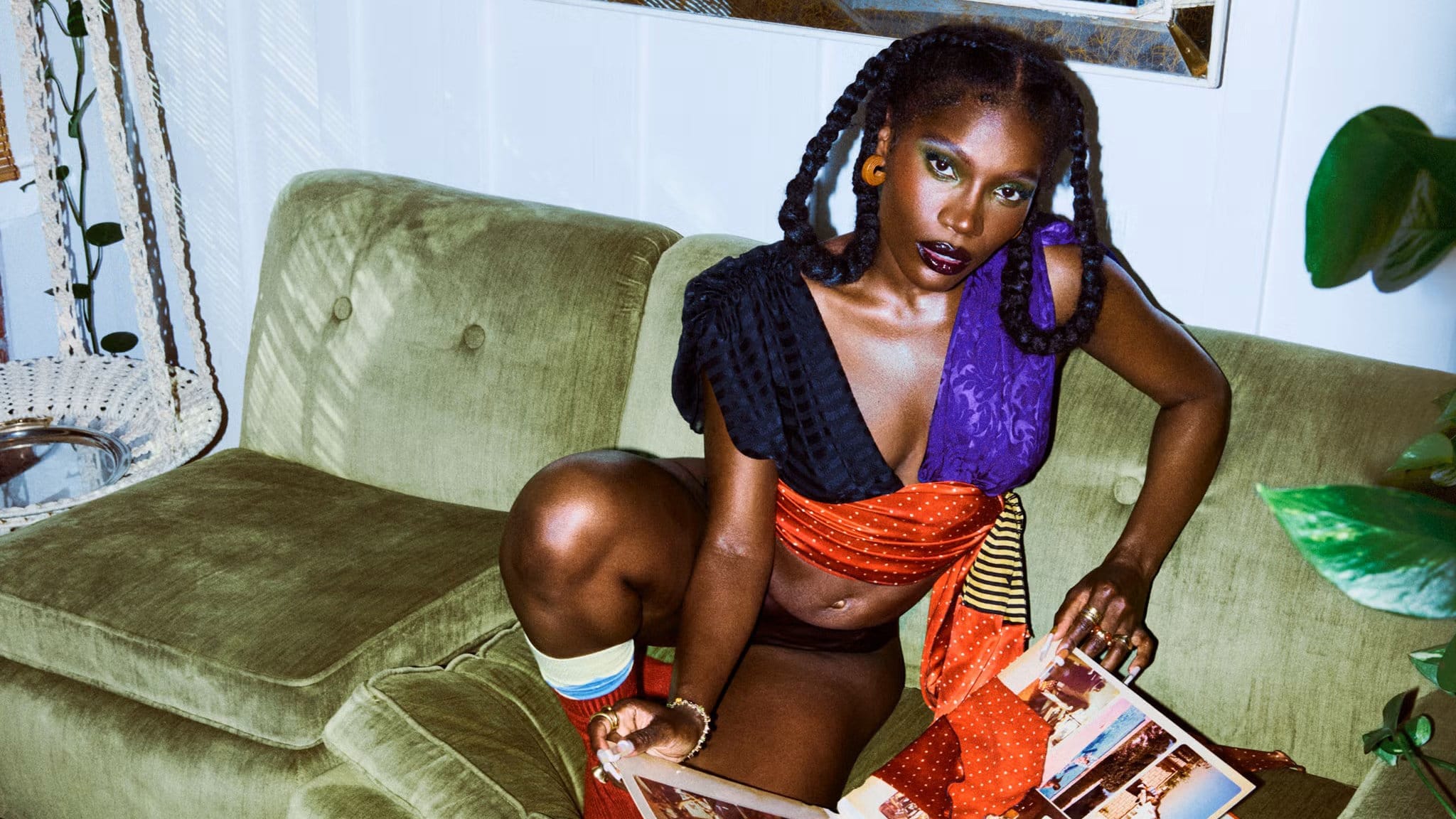Contents
Provocative Design as an Agent of Change
Fashion Activism, a part of “The Fashion Revolution” signifies a transformative period in the fashion industry’s history, marked by provocative design and a seismic shift in the way society perceived clothing. This revolution was not defined by a singular movement but rather by a confluence of ideas and influences that challenged conventional norms.
The Emergence of Slogan Designs in Protest Movements
Slogan designs, once the vanguard of protest movements, trace their origins to the 20th century. As voices of dissent, they wielded words as weapons against injustice. Recall the suffragettes who boldly proclaimed “Votes for Women” through sashes and banners, kindling a movement that sought equality. These slogans, more than mere words, were symbols of courage and unity.
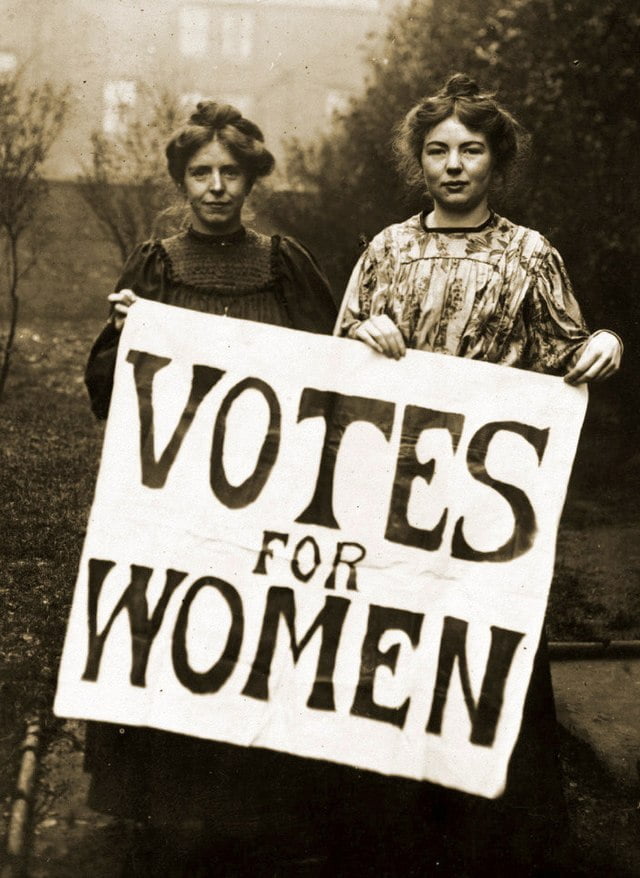
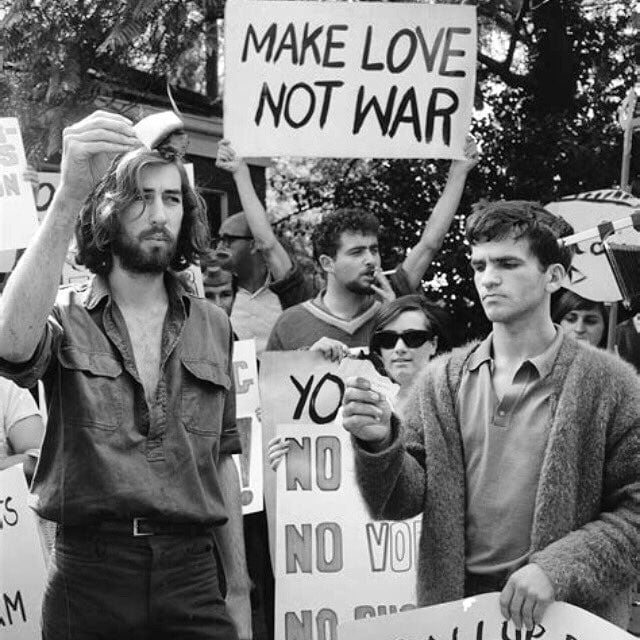
The 1960s and 1970s: Slogans as a Tool of Activism
Amid the tumultuous 1960s and 1970s, slogan designs burgeoned. The civil rights movement, anti-war protests, and the counterculture wave amplified their impact. Phrases such as “Make Love, Not War” and “Black Power” adorned posters, clothing, and banners. These slogans weren’t passive; they were war cries for change and unity, embodying the zeitgeist of an era.
Punk: Channeling Rebellion and Nonconformity
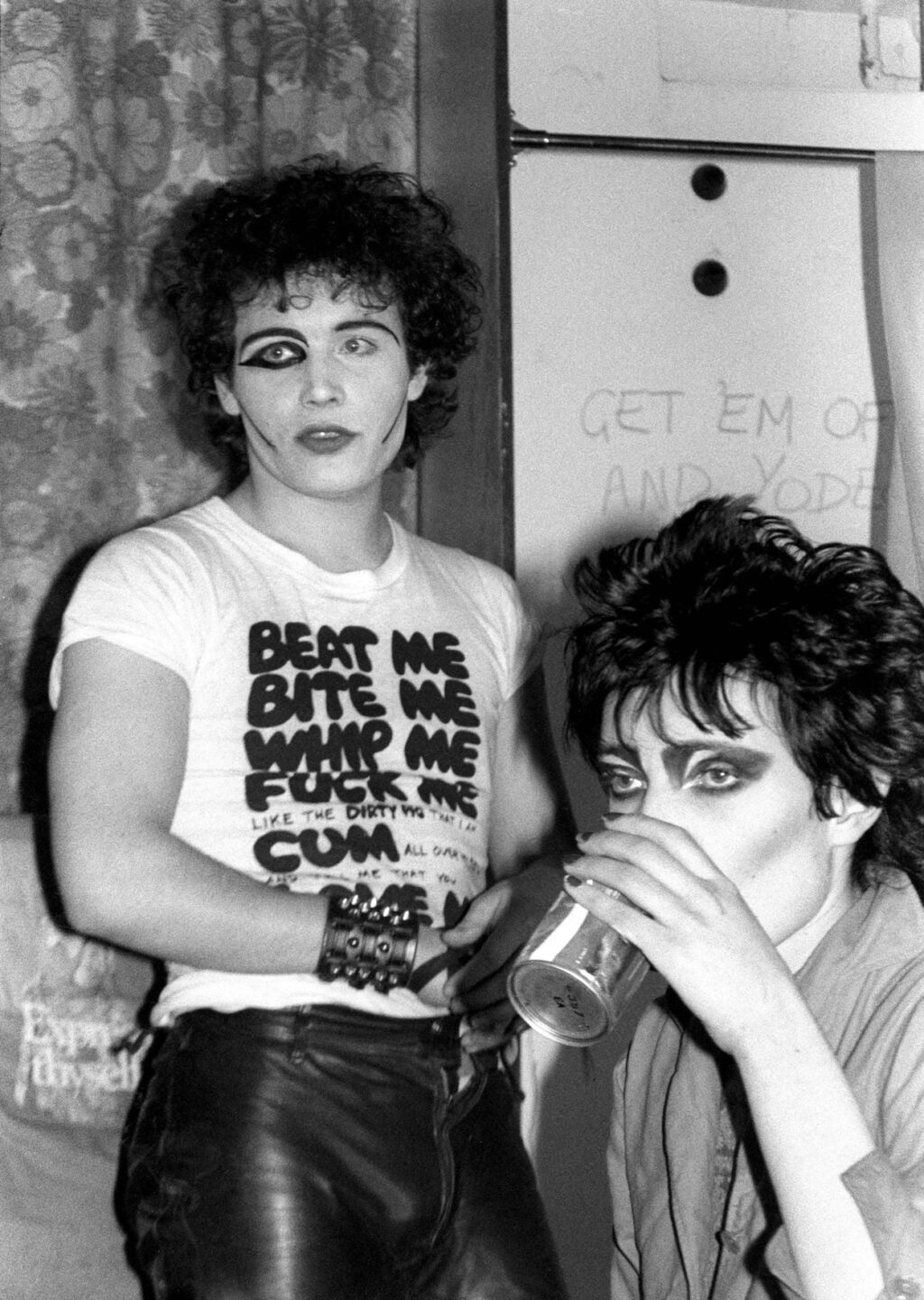
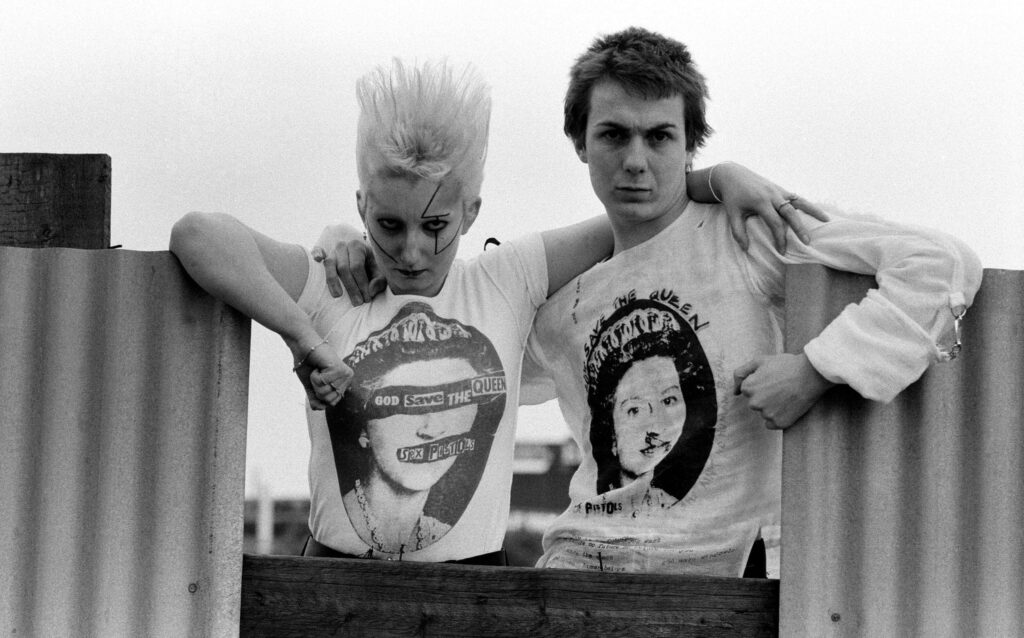
In the 1970s, the Punk movement erupted, fuelled by a sense of rebellion and nonconformity. Punk fashion became a visual manifestation of this countercultural movement, with torn clothing, safety pins, and provocative slogans serving as expressions of defiance. Punk fashion, characterized by its DIY ethos and rebellious spirit, rejected the consumerist values of the time. Designers such as Vivienne Westwood and Malcolm McLaren played a pivotal role in shaping Punk fashion, infusing it with their irreverent and anarchic spirit. Their designs, often provocative and confrontational, pushed boundaries and invited individuals to question societal norms.
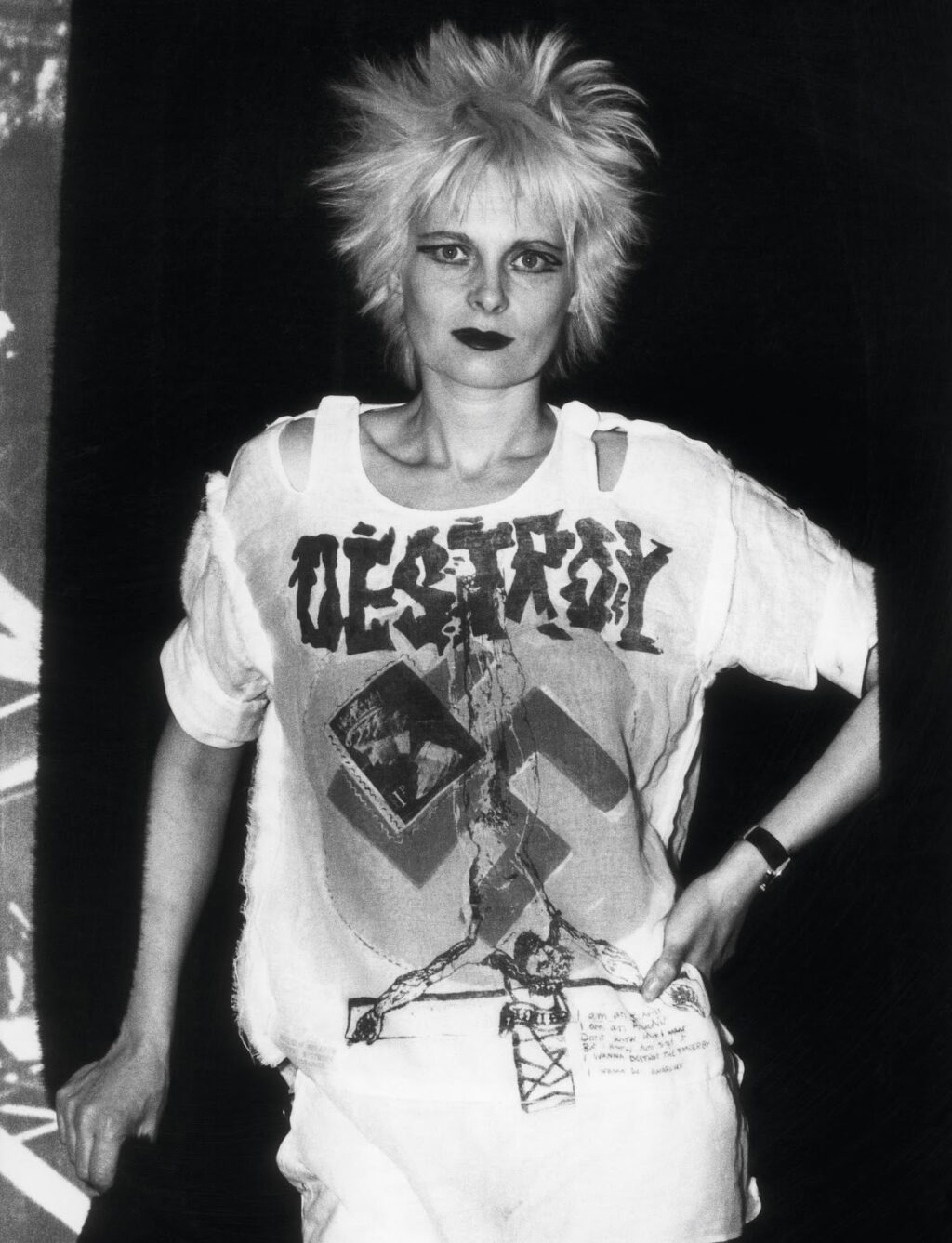
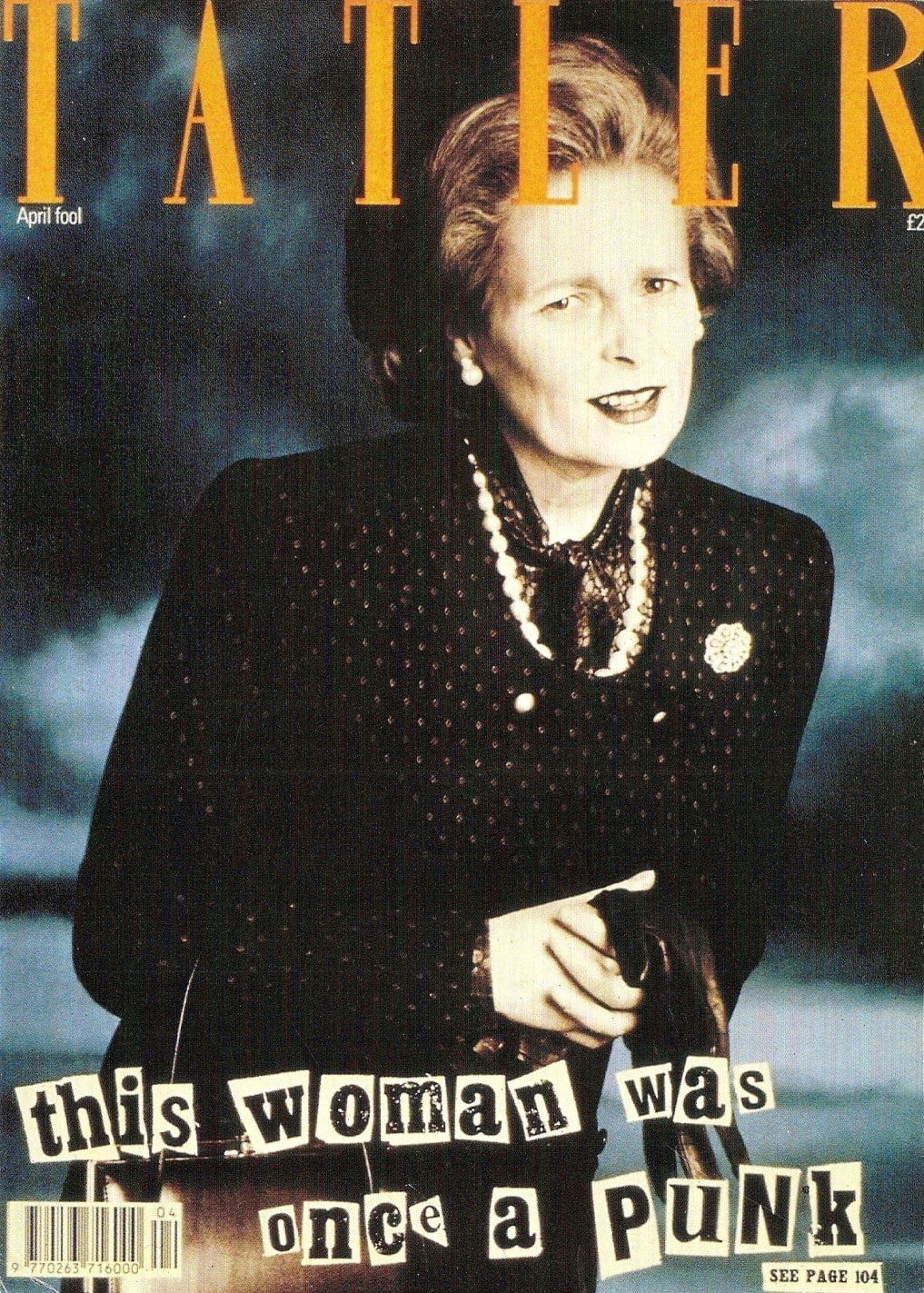
Dear visitor, I hope you enjoy this article. Thank you to take time to check out my newest designs and creations.
The article continues:
Controversial Art Movements as a Fashion Revolution
Designers like Katharine Hamnett played a pivotal role in this revolution, harnessing the power of slogans and provocative messages to create fashion with a purpose. Her iconic “Choose Life” and “58% Don’t Want Pershing” T-shirts captured the spirit of the era. These slogans were more than fashion statements; they were powerful political messages that ignited discussions on global issues, such as nuclear disarmament and the arms race.
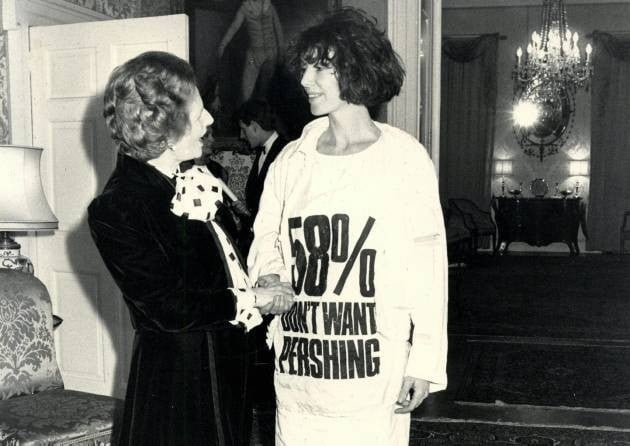
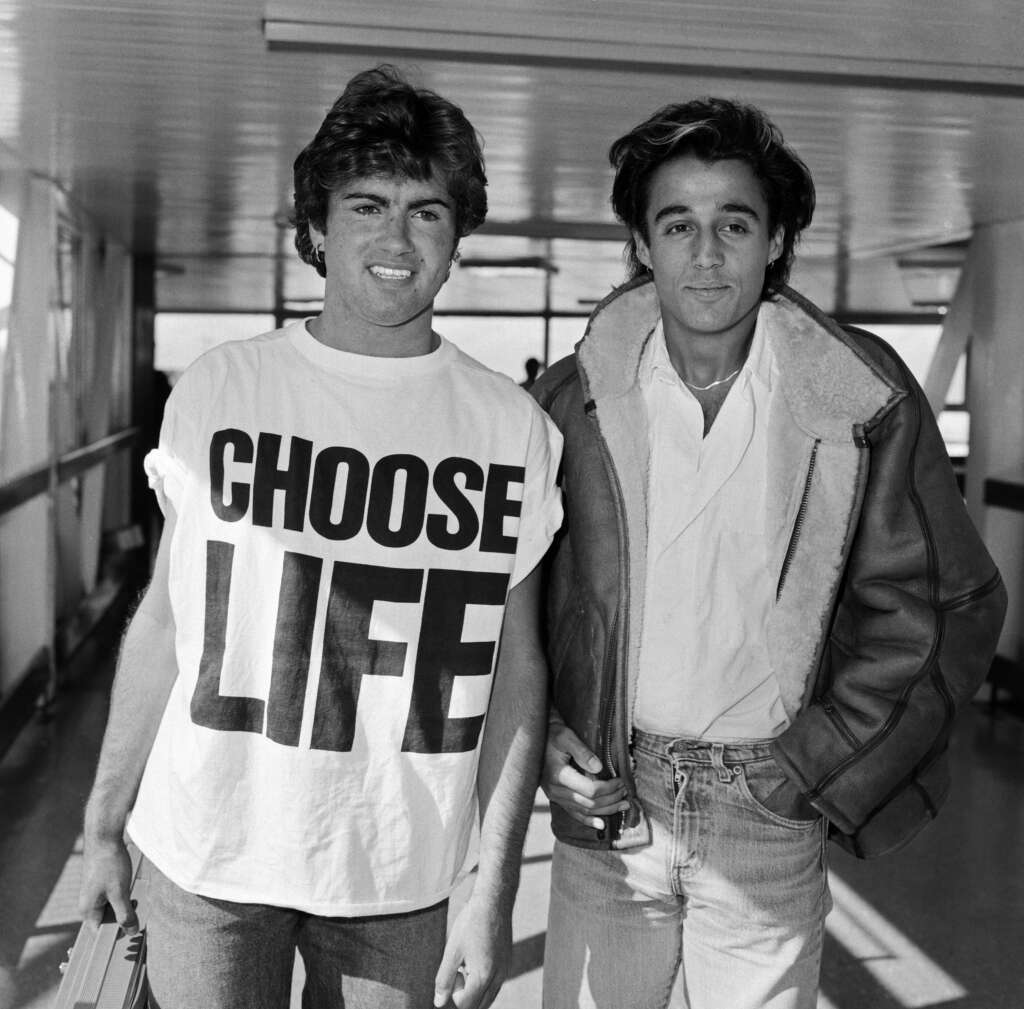
Breaking Down Barriers With Fashion Activism
Fashion activism became a central theme of “The Fashion Revolution.” Designers and consumers alike sought to use clothing as a means of raising awareness and advocating for change. The idea that fashion could be a tool for social and political transformation gained momentum. The world of politics recognized the potency of slogans. Barack Obama’s 2008 campaign rallied supporters with the memorable “Yes, We Can.” Such slogans encapsulate hope and change, wielding the power to resonate with voters and mold public perception.
Fashion shows became platforms for activism, with designers using their collections to address pressing issues, from environmental sustainability to human rights. This shift brought a new level of awareness to the industry, encouraging both designers and consumers to consider the ethical and social implications of fashion.
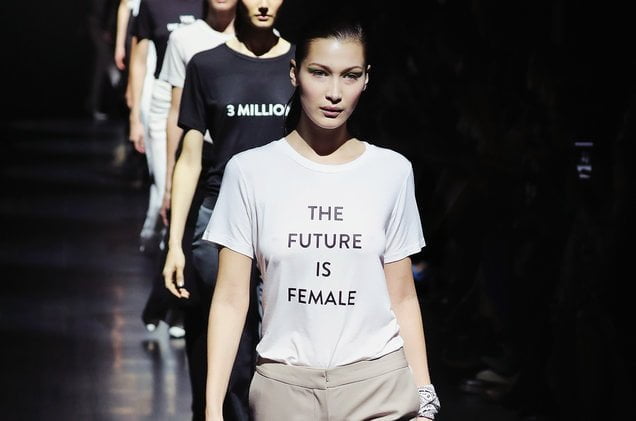
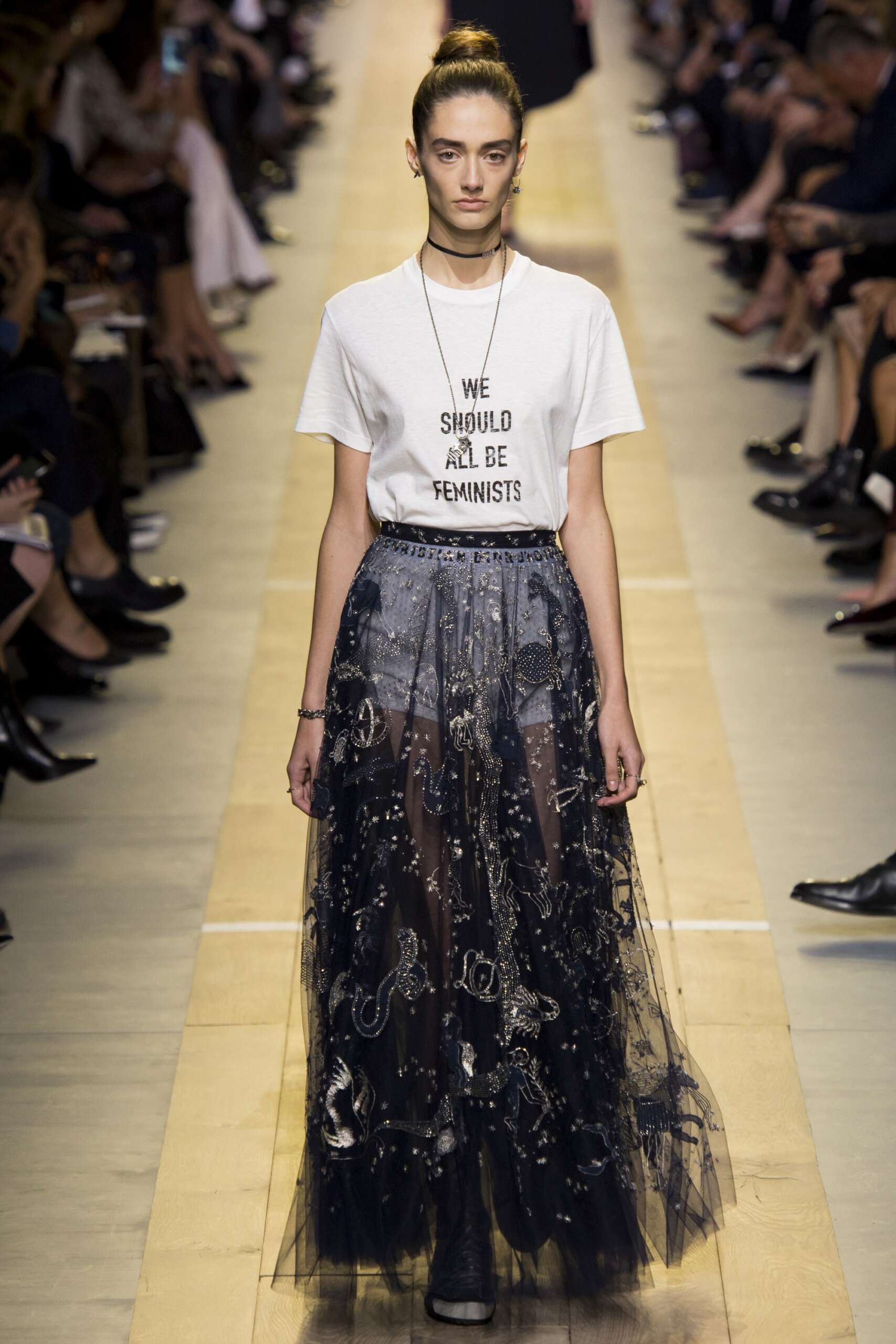
A Paradigm Shift In Fashion Consumption
“The Fashion Revolution” marked a significant shift in how consumers engaged with fashion. As awareness of ethical and sustainable practices grew, consumers began to scrutinize the origins of their clothing and the impact of the fashion industry on the environment and labor rights. This shift led to a demand for transparency, driving brands to adopt more responsible and sustainable practices.
Fashion became a medium through which individuals could express their values and beliefs. Conscious consumerism emerged as a driving force, with people choosing to support brands that aligned with their ethical principles. This shift encouraged the industry to reconsider its practices and prioritize sustainability, diversity, and social responsibility.
“The Fashion Revolution” was a multifaceted phenomenon that challenged the fashion industry’s status quo and ushered in an era of change and transformation. It was a time when fashion transcended its role as mere clothing and evolved into a powerful tool for activism, self-expression, and cultural reflection.
From Revolution To Fast Fashion?
Provocative design, slogans, and the fusion of fashion with art movements served as vehicles for change, pushing boundaries and provoking conversations. The fashion industry responded by embracing sustainability, ethical practices, and a newfound commitment to diversity and inclusion.
As we conclude our exploration of “The Fashion Revolution” it’s crucial to acknowledge its enduring influence on the fashion landscape. One of the most significant transformations spurred by this revolution was the evolution of fast fashion.
Now, let’s take the next step in our journey towards a more sustainable and ethical fashion world. In this exploration of fashion activism and its role in igniting a fashion revolution, we’ve witnessed the power of conscious choices and the impact they can have on the fashion industry.
In our upcoming article, ‘20 Fast Fashion Brands To Avoid And What You Can Do Against‘ we’ll provide practical insights and actionable steps to help you make a positive difference as a conscious consumer. Join us in the ongoing mission to reshape the fashion landscape and make choices that align with our values. Stay tuned for our guide to slowing down fast fashion and fostering a more sustainable future for fashion.
Links:
